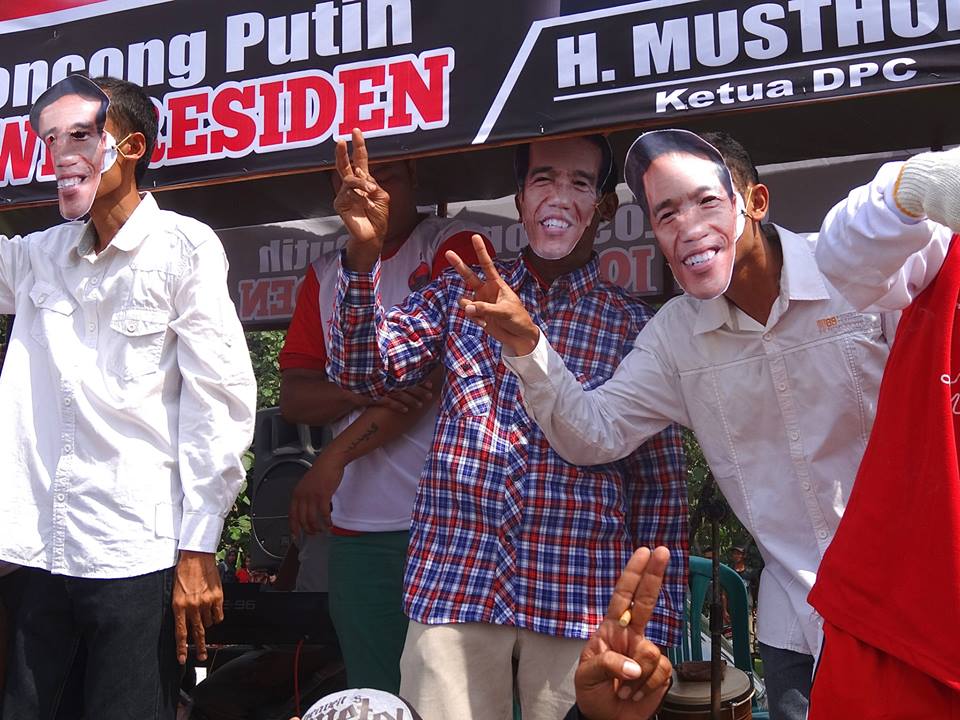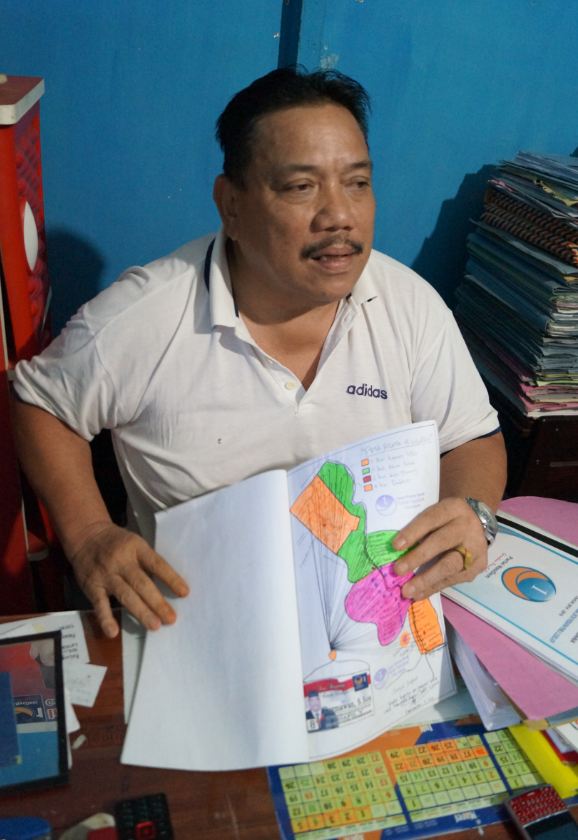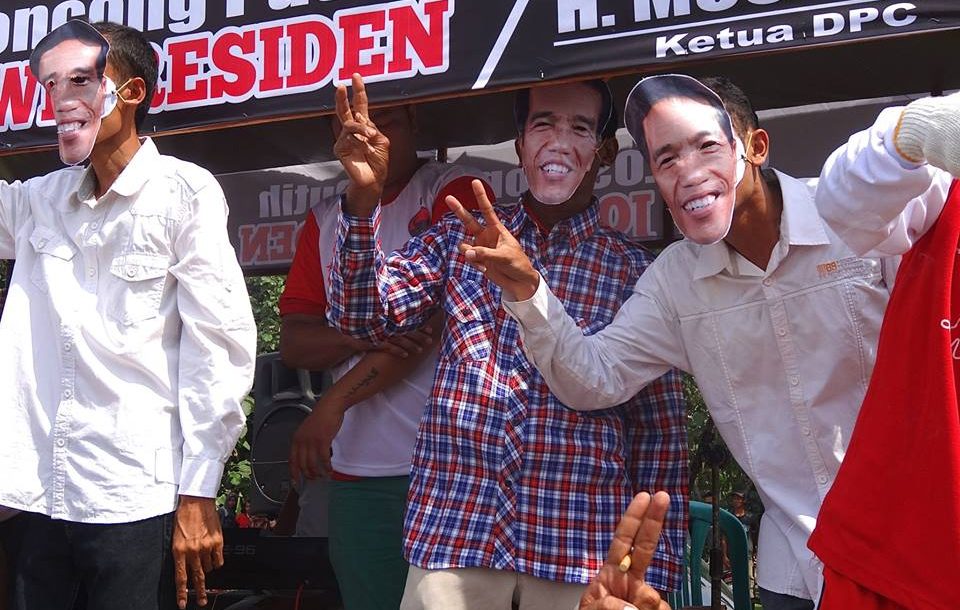
Candidates ran highly personalised campaigns that failed to capitalise on the Jokowi effect. Photo credit: Marcus Mietzner.
One major focus of discussion in the aftermath of yesterday’s legislative elections in Indonesia is why the much-anticipated Jokowi effect for the PDI-P seems much smaller than anticipated. Rather than achieving the 25% or even 30% projected by opinion surveys, most quick counts suggest the party will get around 19% of the national vote.
Explanations for this disappointing outcome have so far focused on national factors, such as weaknesses in the PDI-P’s advertising strategy and its failure to capitalize on Jokowi’s candidacy. These explanations seem plausible, but so does another: the effect of ‘ground war’ style campaigns run by individual candidates.
In Indonesia’s open list electoral system, voters have the opportunity to vote either for an individual candidate or for a party. Whether a party wins a seat in a particular constituency depends on the accumulated vote for the party and all its individual candidates in that constituency. However, the candidate from that party who takes the seat is the individual who wins the highest personal vote. This system generates a strong incentive for individual candidates to devote their resources to campaigning for themselves, rather than for their party. In fact, it often means that the major axis of competition is between candidates from the same party, rather than different parties.

Bapak Darmawan, Nasdem candidate for the local parliament in Kapuas district, Central Kalimantan, with a map outlining his attempts to reach down to voters at the village level. Photo: Edward Aspinall
In a tour through 18 provinces in the lead up to and during the election campaign period, it was obvious that most candidates were single-mindedly focused on their personal campaigns. Most candidates made little use of party structures, instead constructing personal ‘success teams’ to connect them to voters and, often, to deliver patronage goods of various kinds to them. When interviewed, candidates often hardly mentioned their parties, or did so only when explicitly asked about them. Even vote-buying is a candidate-centered rather than a party affair: it is individual candidates who organize vote buying and they do so in order to boost their personal vote.
This context generates one possible explanation for why the Jokowi effect was limited: rather than voting on national issues, such as party identification or preferred presidential candidates, many citizens cast their votes in response to grassroots campaigns encouraging personal votes. Viewed in this perspective, the national vote is not simply a product of voters’ views on national issues or even their preference for individual parties or presidential candidates, but is also a reflection of the accumulated personal votes made for the individual candidates who have most effectively constructed personal campaign machines and provided voters with personal incentives to vote for them. The highly fragmented overall party map can also be explained through this perspective.
This is just a hypothesis, and there will be two ways to check it in coming weeks. First, we will need to look at the results to compare the proportion of votes for parties versus the proportion for individual candidates. In Jakarta on voting day I was with a number of colleagues in a polling booth where there was a huge PDI-P vote, with about 80% of those voting for PDI-P voting for the party rather than for an individual candidate. But it’s likely that this result is atypical. Certainly, candidates around the country devoted themselves wholeheartedly to boosting individual rather than party voting and it will be critical to identify the extent to which voters responded to these appeals.
Second, we should look at the rate at which incumbents are reelected in 2014. In 2009, the open list system was introduced at the last minute, as a result of a Constitutional Court decision. This meant that many incumbents had paid little attention to constituency work in the lead up to the election, because they had expected that their high positions on a party list would be sufficient to get them reelected. The result was a high rate of turnover, with many incumbents being rejected by voters. This time around, everyone has had five years to prepare for the open list election, and many incumbents have worked assiduously to build personal networks, deliver pork barrel projects to their constituencies and construct personal campaign teams. It’s likely that the rate at which incumbents are reelected this year will be much higher than in 2009.
It is very early days, but we need to be thinking about how campaigning styles at the grassroots affected the national result. In an open party list system, the ground war waged by individual candidates can undercut the ‘air war’ waged through the national media and reflected in national opinion surveys.
Acknowledgment: I was travelling through Indonesia visiting not only candidates, but also researchers who were working on a joint Australian National University-Universitas Gadjah Mada research project on electoral dynamics in Indonesia, funded by the Centre for Democratic Institutions. I learned a great deal from the fifty local researchers involved in this project and thank them deeply for their insights.
……………….
Edward Aspinall is a Professor of Politics at the Department of Political and Social Change, at the Australian National University.
 Facebook
Facebook  Twitter
Twitter  Soundcloud
Soundcloud  Youtube
Youtube  Rss
Rss 